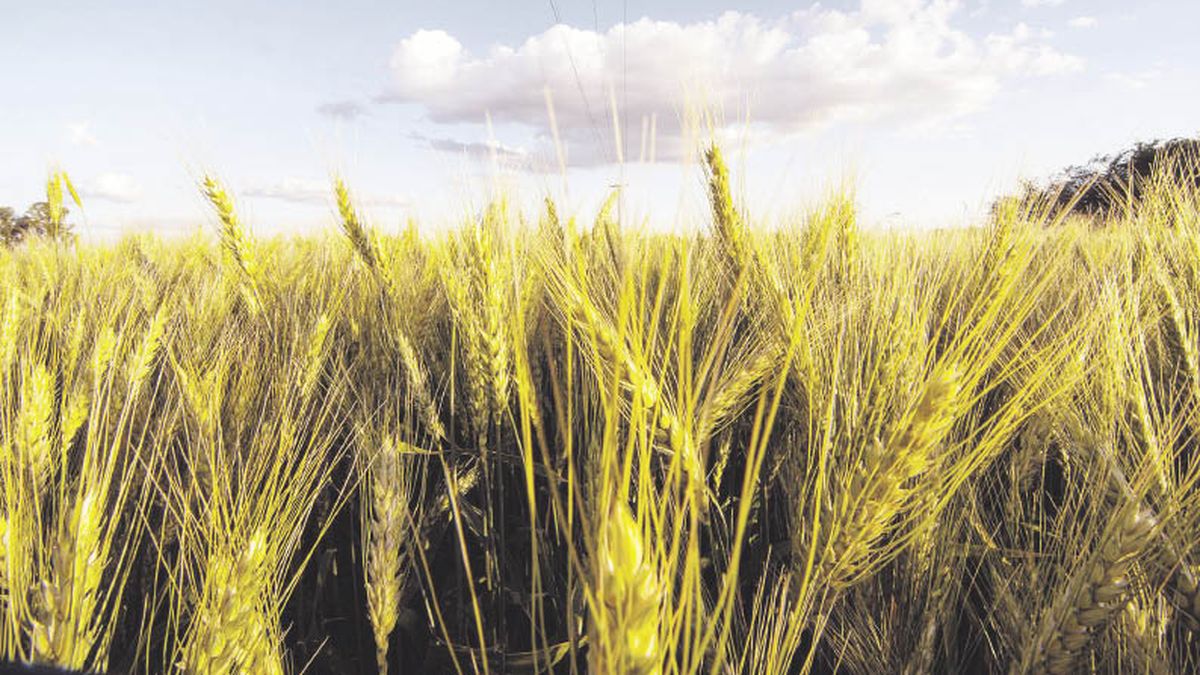According to a report from the Rosario Stock Exchange (BCR)it was learned that the planting of corn and soybeans is around 6 million hectares, 40% below last year’s advance. According to the stock exchange, “This volume of hectares effectively covered is the lowest since the 2000/01 campaign, marking the slowest planting progress in 22 years.”
In the case of corn, According to official data, planting of 3.3 million hectares has been completed, 32% of the intended area and the lowest area for this time of the year since the 2015/16 campaign. As for soybeans, the 2.8 million hectares planted to date represent the lowest area for mid-November since 2000/01, the study highlighted.
For the FyO consulting analyst, roman dante, the delay in planting will bring with it a reduction in the yield potential of the crops, as will the shift in implantation from early to late planting, especially in the case of corn. Based on this, the specialist projected at the beginning of the campaign a total soybean harvest of 48 million tons, and now it is 42 million tons, in corn 50 million tons and currently it is 45 million tons, and in the wheat case of 20 million tons, and now it is 12 million tons.
In fact, a study carried out by the specialist highlighted that due to the delay and production losses, some US$4,878 million would stop entering the country due to the exports of the summer crops, in comparison with the projections of the beginning of the season. Of the aforementioned figure, US$1,560 million correspond to corn and US$3,318 million to soybeans. But if this is added to the losses in wheat, it would reach a total of US$7,758 million less, bringing the total income of foreign currency for the current campaign for soybeans, corn and wheat to US$41,586 million, a 16 % less than expected at the beginning of the agricultural cycle.
The study carried out by the analyst, reflected in the case of corn, that at the beginning of the campaign an income of dollars from exports of US$15.600 million was projected, when currently it is US$14,090 million, that is, US$1,560 million less, contemplating an export price of US$312 per ton. In the case of soybeans, with an export price of US$553 per ton, at the beginning of the cycle foreign exchange was projected for US$26,544 million, and in Romano’s latest report it reached US$23,226 million, they are US$3.315 million less. And finally wheat, with an export price of US$360 a ton, exports were projected for US$7,200 million, and now with the effect of the drought and frost they would reach US$4,320 million, they are u $2,880 million less and with an export price of $360 a ton.
“This is the impact of the planting delay and that the weather situation is going to take its toll, assuming that the campaign doesn’t end up being a catastrophe,” Romano told infobae. Along these lines, the specialist maintained that “in the case of corn, the date for early cereal sowing has already passed, and just over 20% was implanted. To this we must add that the yield of the early cereal is between 15% and 20% higher than the late one, at the same time that due to the late frosts the early corn planted will not yield as much. That is why it is already marking a decline in yield potential.”
Taking this scenario into account, where there was a shift in planting dateswhich will also result in a shortage of new merchandise, which in any case will be compensated by the stocks in the hands of the producers, Argentina will lose a key period for its exportation.
“The best conditions of Argentina to export maize due to a lack of competitors in the market are February, March and April, which is the early maize planting date. In fact, a large part of the Foreign Sales Affidavits are for that time and keeping that in mind, it can be said that we are headed for a problem. On the one hand, the spread between April and July corn in the forward market widened to USD 40, when USD 15 should have been normal. What alleviates the situation, however, is that there is a lot of the 2021/22 campaign without selling. Today there are about 10 million tons for export and about 9 million in the field, so we think they could compensate for the lack of early corn,” Romano explained.
On the soybean side, which could have a decrease in the perception of foreign currency of 13% compared to what was estimated at the beginning of the campaign and would result in a total income of USD 23,226 million during April and May, its planting is taking place ” for lack of early corn. But what is happening in the oilseed is that due to the lack of rain there is very little moisture in the subsoil, which makes planting very risky,” said Romano.
For this reason, the specialist stressed that “what they are betting on is staggered sowing, not shading everything together, because it is a lottery to know when the rains arrive. But also, the later the crop is implanted, the worse the yield is and we are already taking these losses into account.” In fact, they estimate that the production it will fall from the 48 million tons initially estimated to 42 million at present.
Source: Ambito
I am a 24-year-old writer and journalist who has been working in the news industry for the past two years. I write primarily about market news, so if you’re looking for insights into what’s going on in the stock market or economic indicators, you’ve come to the right place. I also dabble in writing articles on lifestyle trends and pop culture news.




